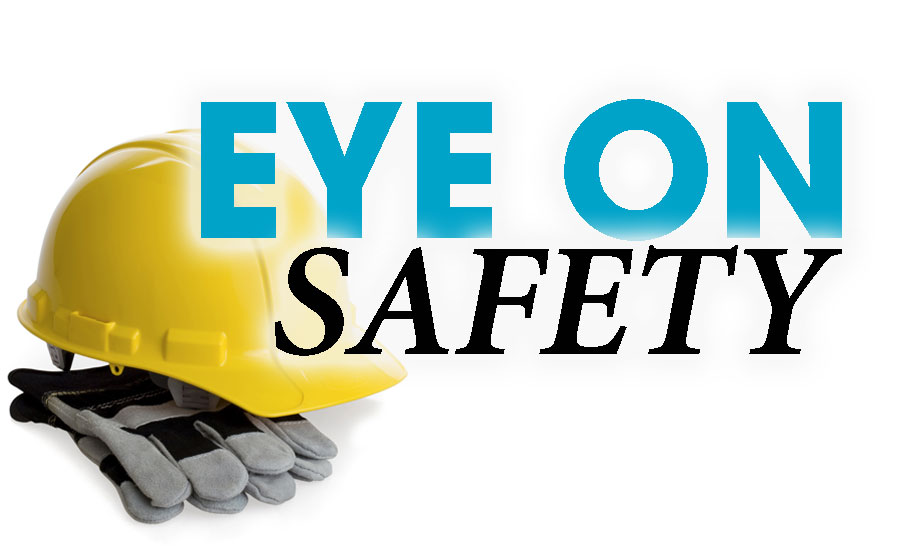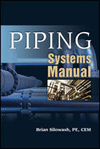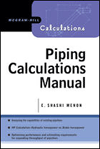Every company wants that outcome yet it is incredibly elusive for many. There always are good intentions in drill planning but rarely do those intentions translate into the optimum results we hope for. There are root causes for this. Here are six best practices that will help you overcome pitfalls in fire-drill planning, execution and evaluation.
View drills as an investment: Fire drills are more than a compliance requirement; they are a real opportunity to educate your workforce on emergency response, evacuation and operational continuity. The best fire drills will include training elements before and after the exercise. Each drill should have measurable results that make fine-tuning for future drills easier. Selection of a quality fire-drill checklist will standardize your documentation efforts and provide key data points that management will want to evaluate. A checklist should include an evaluation or rating system to account for performance level.
Each successive drill should build on the one before it: Your first drills are looking to accomplish the basic goals of getting occupants out of the building and doing so in an orderly and efficient manner. This meets the indispensable objective of human safety. Getting that right supersedes all else. But once your team is showing measurable progress, it will make sense to expand the scope of your drills. Examples included enhancing drills with training and simulations involving blood-borne pathogens, chemical hazards, first aid and evacuation assistance of those with special needs.
Encourage workers to engage in pre-drill and post-drill processes: Empowering employees to develop training activities, conduct drill reviews, document event details and lead roundtable discussions are just a few ways your workforce can enhance its value to the drill process. Not coincidentally, the added responsibility that empowerment brings typically will lead to improved information retention, heightened situational awareness and increased confidence in responding to real emergency situations.
Make operational continuity a priority discussion in post-drill follow-up: Fires can render facilities unusable or partially so. What will your company do if that happens? Within the context of this article, the only thing worse than poor disaster recovery is a poor emergency response. Companies have a lot to lose in terms of customer servicing, product availability and revenue generation. Operational continuity has a direct impact on business viability and ultimately market share. Having a workforce that is prepared to recover requires training them on what must be done to do so. It also requires management to have a recovery plan that details all the little and big things that go into a return to normal operations. The drill process serves as an ideal time to remind employees about continuity protocols and clarify their roles in recovery.
Sustain improvement through documentation, evaluation and goal-setting: As mentioned earlier, measuring drill performance is a must because it is how you will track progress and verify improvement. Drill evaluation will help you determine next steps, identify new education opportunities and make drill adjustments. Goal-setting for future drills should never get too far ahead of the competency level of employees. Enhance your program at a pace that employees can be successful in adopting.
Have clearly defined roles: Fire drills consist of many individual activities, some of which occur simultaneously. Pre-drill training should include a review of each employee’s role and responsibilities when a fire emergency exists. Role familiarity is strongly correlated with effective emergency response. Once a worker is proficient in a particular role, drill managers should consider role rotation for them. Cross-training is a powerful method for developing competent backups to the predefined roles this best practice recommends be established.
A toolbox talk for this article is available on the ASA website at www.asa.net/safety. It provides information on agencies to contact prior to initiating a drill and a helpful post-drill questionnaire for leading discussions with participants.






